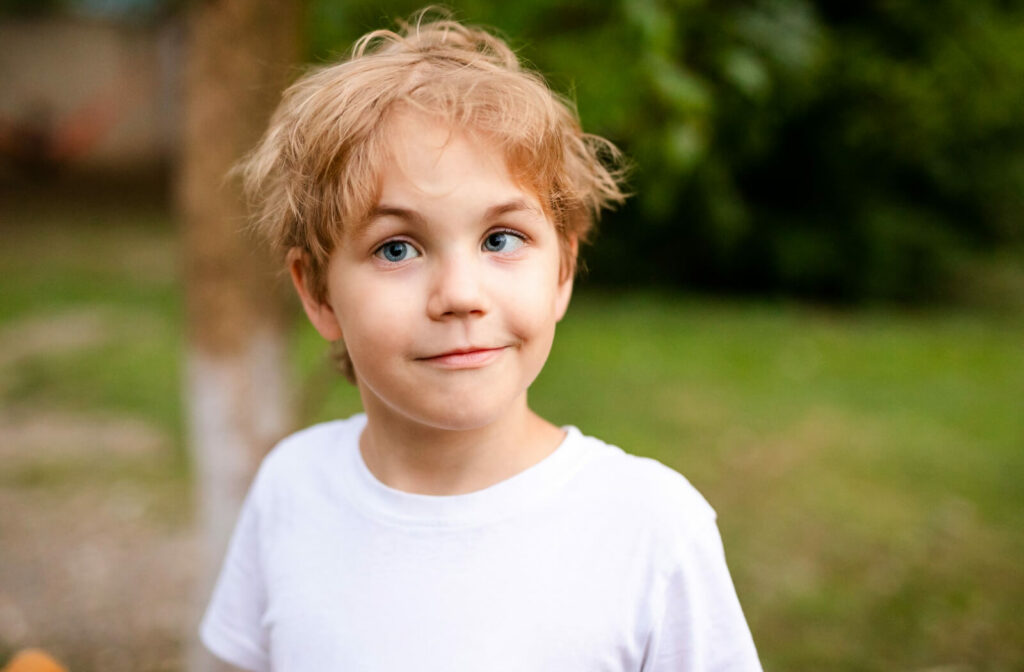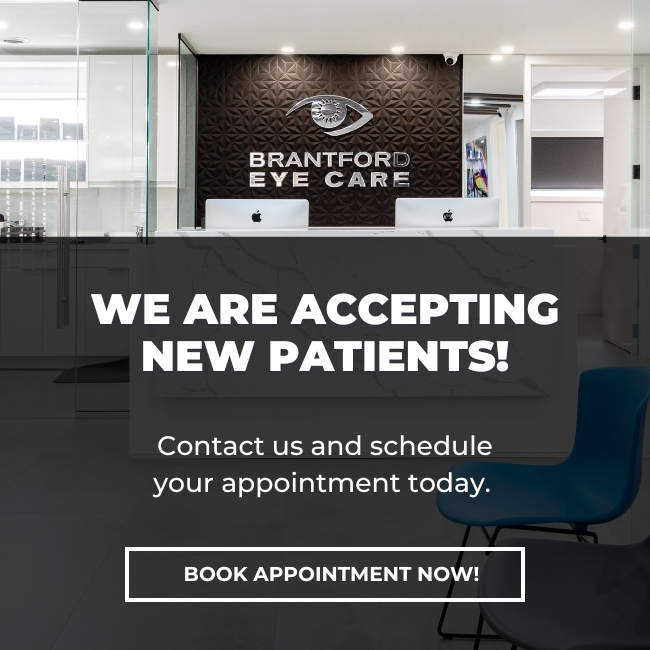For many children, a lazy eye is a potential concern for their overall vision. If left unaddressed, this condition can affect someone into adulthood. A lazy eye is often treatable, but is it ever too late to prevent this condition from developing?
Continue reading to learn more about amblyopia, including if it’s ever too late to prevent it and how to treat this condition.
What Is Amblyopia (Lazy Eye)?
Amblyopia, also known as a lazy eye, is a common condition a child can develop. This condition occurs when one eye has weaker vision than the other, leading to vision loss. Approximately 2–4% of children under 6 have amblyopia.
Something causes the brain to favour one eye over the other, leading to poor vision in the affected eye. As the brain relies on information from the unaffected eye, the other becomes weaker with time. Amblyopia typically becomes noticeable in children around 6 or 9 years old.
If amblyopia is left untreated, vision in the weaker eye can worsen until the brain completely ignores it. People worry about the affected eye becoming blind because of amblyopia, but this is a misconception. The eye can see, but the image is blurry, making vision difficult.
Amblyopia Symptoms
Amblyopia can be hard to notice at first because it usually lacks symptoms until it becomes severe. In children, early signs of amblyopia include:
- Frequently bumping into objects on one side
- Eyes that don’t work together well
- Poor depth perception
- Double vision
- Frequent squinting
Why Does Amblyopia Develop?
Anything blocking vision in either eye during childhood can cause amblyopia. Having good vision in one eye and an undiagnosed refractive error in the other can lead to amblyopia.
The brain begins ignoring the obstructed eye, suppressing images from it to maintain clear vision. As time goes on, the connections between the eye and brain become minimal, causing a lazy eye.
When addressing amblyopia, it’s best to identify and treat this condition as early as possible. Children should have regular eye exams as they grow to help identify eye problems in their earliest stages.
When Is It Too Late to Prevent Amblyopia?
While amblyopia is a treatable condition, it isn’t preventable. Some children can be born with amblyopia and only show symptoms later in childhood. What’s important is taking your child for regular eye exams so your eye doctor can identify this condition as early as possible.
Amblyopia treatment should begin as early as possible, ideally before age 7. Addressing this condition before this age is typically more effective. However, it’s never too late to treat amblyopia.
While treatment for amblyopia can happen at any age, around 50% of children between 7 and 17 respond well. If you’re an adult, your eye doctor can still treat amblyopia, helping you maximize your vision.
How Do You Treat Amblyopia?
Treatment tends to be more effective the younger it begins, making early diagnosis important when dealing with amblyopia. While treatment is typically more effective for children, any age can benefit. Two approaches can be effective when treating amblyopia, addressing the underlying cause of the eye problem or forcing the weaker eye to work.
Treatment can happen with glasses, patching, atropine eye drops, or vision therapy.
Glasses
Glasses can improve the underlying cause of the weaker eye’s vision. A child wearing these glasses must use them constantly so their eye doctor can determine their effectiveness. In some cases, glasses can help treat amblyopia, but additional treatment may be necessary.
Patching (Occlusion)
The goal of patching is to force the weaker eye to improve. This process involves placing an eye patch over the stronger eye, making the brain rely on the vision from the weaker eye. The brain can’t ignore images from this eye when it has no other source of information.
Treatment length with patching can vary from person to person, depending on age and severity. The patient wearing the patch typically does this for several hours every day.
Atropine Eye Drops
Atropine eye drops work similarly to patching but with a different way of suppressing vision in the weaker eye. Atropine helps dilate the eye, making vision blurry when looking at close-up images. This blurriness forces the weaker eye to work harder.
Atropine can be effective if eye patches feel uncomfortable or awkward to wear for long periods.
Vision Therapy
Vision therapy is a specialized treatment ideal for people of any age—adults and children can benefit from a vision therapy program. This treatment improves the neural pathways between the eyes and the brain.
When treating amblyopia, vision therapy helps break down what’s suppressing the images from the weaker eye and then trains the brain to use the eyes as a team. Vision therapy programs include in-office sessions, at-home exercises, and regular check-ins to assess progress.
Enjoy Functional Vision
Whether for you or a loved one, amblyopia is treatable with help from your eye doctor. They can diagnose and treat this condition as early as possible. It’s never too late to improve your vision.
Contact your optometrist for amblyopia treatment.




